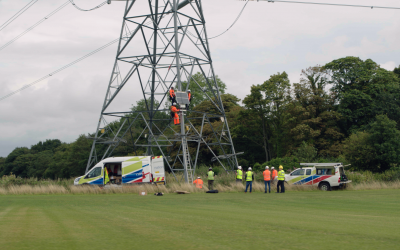Preventing greenwashing, one company at a time
With the rise of envrionmental awareness among businesses and shopper alike comes a rise of greenwashing - intentional or not
But a new report from Business for Social Responsibility and Futerra Sustainability Communications aims to help companies avoid those mistakes.
The new report, "Understanding and Preventing Greenwash: A Business Guide," lays out a "greenwash matrix" of the different types of poor communication about corporate environmental activities, and explores the ways firms can move toward messages that more clearly explain their green works.
"[Shoppers] want to trust the company from which they are buying goods and services, and honest communications are key," said Diane Osgood, BSR's Vice President of CSR Strategy, in a statement.
"Our guide helps companies curtail greenwash and build the trust of consumers."
There are three elements to a framework for effective communications, according to the report: Impact, Alignment and Communication.
Under the impact header, avoiding greenwash means a company's sustainability practices or products must be based on real, significant environmental impact.
In other words, if a company is spending more on communications about their green projects than the green project itself, it's a likely sign of greenwashing.
To properly align a green project, companies need to make sure there is significant internal and external support for the practice.
BSR and Futerra recommend working with a credible third party to impartially evaluate the impact of any green activity.
Click here to read more



_400_250_80_s_c1.jpg)


